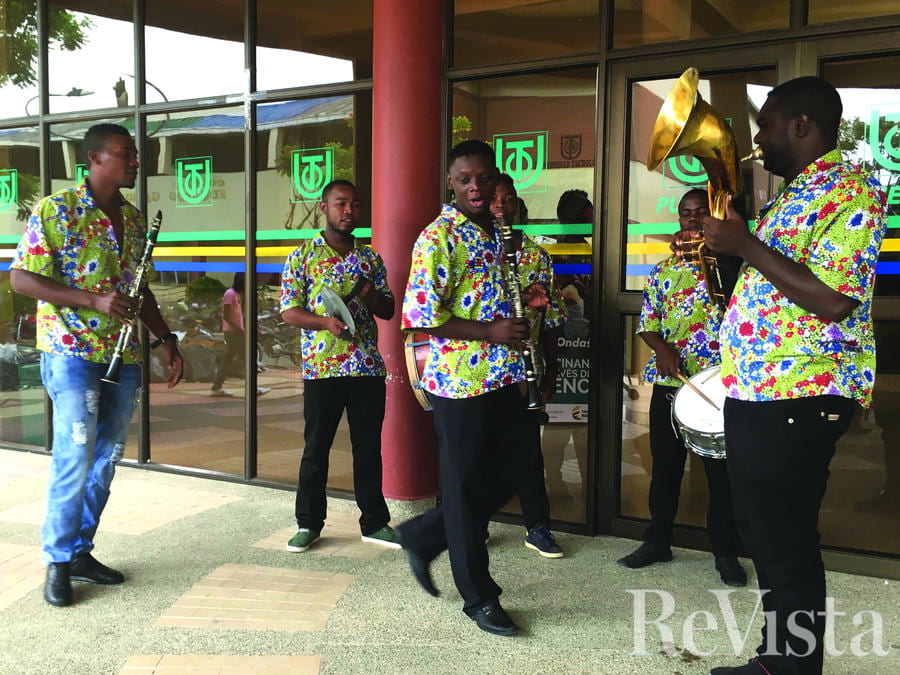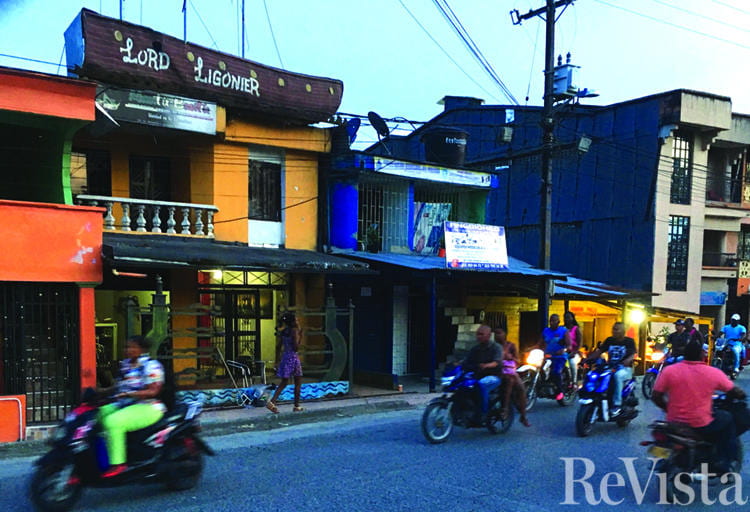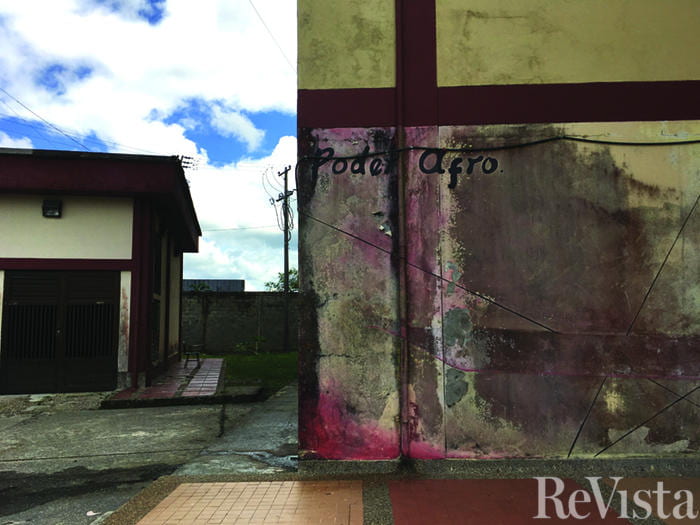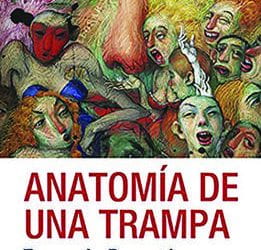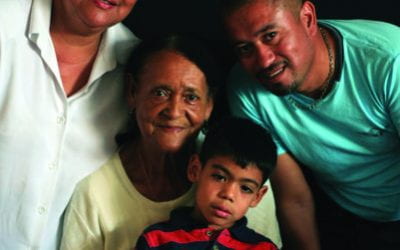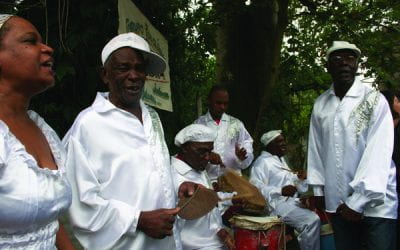A View of Afro-Diasporic History from Colombia
The Muntu Bantu, a memorial museum and cultural center in Quibdo, Chocó, on Colombia’s Pacific coast region, seeks to work “for the study, promotion and diffusion of the Afro-Colombian culture, and the advancement and improvement of the living conditions of Afrodescendant populations.” Working from an “Afrogenetic and Afrocentric” perspective, it proposes to look for the union of human beings among cultural diversity, serving both as a cultural center for the Chocoan population and an educational center for the Colombian society as a whole on the history of the country’s African diaspora.
The center was imagined, designed and built piecemeal over many years by the Chocoan historian Sergio Mosquera, professor at the Universidad Tecnológica del Chocó. The mural at the entrance depicts black Colombian politicians and Independence heroes from Latin America and the Caribbean. A film room, where movies are frequently played for the community, showcases internationally famous black singers and movie stars. With three floors and multiple thematic rooms, the museum is dedicated to topics going from the slave trade in the Americas and the symbolism of the African and Chocoan fauna myths, to those of slavery, gold mining and armed conflict-related violence on the Pacific coast of Colombia.
The museum, open to the community and guided by Professor Mosquera himself, is frequently visited by school and college student groups to learn about the worldwide African diaspora and the histories and cultures of Afro-Colombian communities, with a special emphasis on Chocó. Muntu Bantu also functions as a cultural center for events and has published books by Mosquera and magazines such as Cuadernos de Muntú-Bantú.
Together with other institutions such as the Corp-Oraloteca, a documentation and research center for the sound, oraland corporal practices of the Pacific littoral region, and the Association for Cultural Research of Choco (ASINCH), this space nourishes the vibrant and innovative cultural, musical and historical research of Choco and the black Pacific Coast of Colombia.
Winter 2018, Volume XVII, Number 2
Cristina García Navas is a Ph.D. Candidate in Latin American Literatures and Cultures at the Department of Romance Languages and Literatures at Harvard University. This travel to Chocó was made possible by a summer research grant from the David Rockefeller Center for Latin American Studies.
Related Articles
Anatomía de una Trampa
English + Español
While campaigning, many politicians in Latin America use the rhetoric of dignity and rectitude to sway voters. However, in power, they often forget electoral promises, abusing…
Reflections on the Afro-Chilean Social Movement
English + Español
A saying popularized by the Afro-Uruguayan leader Romero Rodríguez comes up again and again in the history of the Afro-Latino and Afro-Caribbean movements: “We entered as…
The Bearers
English + Español
Viñales’s spectacular natural beauty makes it one of Cuba’s busiest tourist attractions, but tourists don’t come to this mango grove, and the bus driver who brought us wasn’t happy about taking the beat-up road that leads here. Plus, it’s raining. No matter, there’ll be a party…



